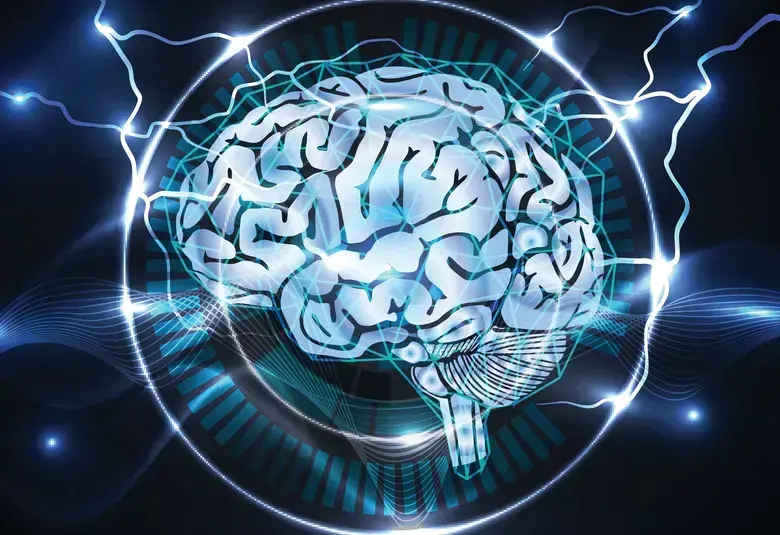Depression is the most common neuropsychiatric non-motor feature in Parkinson’s disease (PD). Several previous studies indicated that depression in PD (dPD) significantly affected the patients’ quality of life (QoL) 1. The reported prevalence and incidence of dPD range from 30 to 40% 2-3. Prevalence or incidence was varied among studies mainly due to differences in the diagnostic criteria, study methodology, and selected study population. Lower prevalence was observed in community-based studies, whereas higher prevalence was reported from studies in a tertiary care center. Risk factors for dPD included older age, female gender, advanced stage, cognitive impairment, and genetic trait4-5.
One epidemiologic study by Even et. al.6 demonstrated a three-party model for subtypes of comorbid depression in patients with PD. The model demonstrated that the most common subtype in dPD was a direct association where depression was specifically related to PD pathology. The other two subtypes were not directly associated with PD pathology, namely casual association (depression in the general elderly population) and non-specific reactive depression (related to chronically ill not only PD). This epidemiological data support that comorbid depression and PD may represent a specific association.
Based on PD pathology according to Braak staging, mechanisms of dPD have been proposed5. Degenerative neurons and Lewy body initially accumulate in the lower brainstem or olfactory bulb and then later increase and extend to the cerebral cortex. Many nuclei are involved, thereby neurotransmitters are affected. This leads to the development of dPD.
- Serotonin; a loss of number and the activity of serotonin neurons in dorsal raphe nuclei may be responsible for depression, anxiety, and panic disorders of PD compared to non-depressed PD
- Dopamine; dopaminergic projections from the ventral tegmentum area (VTA), where especially D3 receptors in the limbic system, were more severely affected in depressed than in non-depressed patients.
- Norepinephrine; a decrease in the number and activity of norepinephrine neurons in the locus ceruleus, where the principal outflow system with connections to mesolimbic and mesocortical regions, this decrease is more marked in depressed patients.
Depression might precede motor symptoms for years. It is hard to distinguish between dPD and idiopathic depression. They shared core symptoms such as depressed mood, loss of pleasure (anhedonia), and feelings of worthlessness or guilt as well as somatic symptoms, such as loss of appetite, sleep disturbances, psychomotor retardation, and altered facial expression. Moreover, it is even more difficult to differentiate depressive symptoms from other non-motor symptoms such as fatigue, apathy, anxiety. As a result, dPD can be under-or over-diagnosed. NET-PD studies7 showed that underdiagnosed and untreated dPD caused worsened activities of daily living (ADLs), poor quality of life (QoL), accelerate disease progression, and needed more symptomatic PD treatment. Thus, dPD may warrant medical attention and treatment.
Pharmacological treatment of dPD is similar to the treatment of idiopathic depression. This includes tricyclic antidepressant (TCA), selective serotonin reuptake inhibitor (SSRI), serotonin noradrenaline reuptake inhibitor (SNRI) and multimodal antidepressant. However, since dopamine is a key neurotransmitter deficit in PD and dPD, dopamine agonist could be a choice of drug treatment in dPD. Non-pharmacological therapy; cognitive-behavioral therapy (CBT) can also serve as an alternative option to help improve dPD.
For the latest updates on sea.progress.im, subscribe to our Telegram Channel https://bit.ly/telePiM
Our correspondent’s highlights from the symposium are meant as a fair representation of the scientific content presented. The views and opinions expressed on this page do not necessarily reflect those of Lundbeck.




